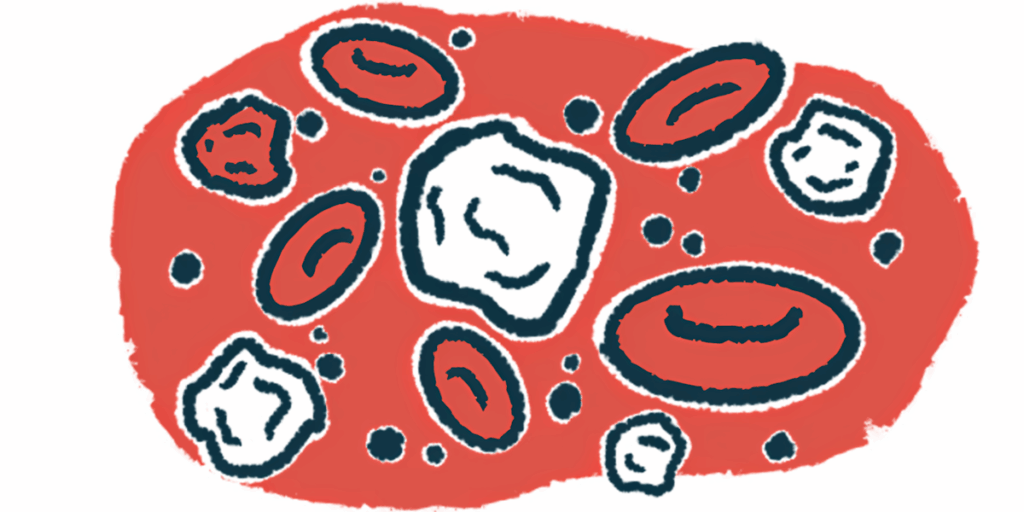
A collaborative team of researchers from the United States and China has unveiled a groundbreaking approach to halting T-cell attacks in autoimmune diseases such as multiple sclerosis (MS). The study, published in the journal Cell, introduces an experimental therapy known as BiTS, which has demonstrated the ability to reduce disability in a mouse model of MS.
The findings, led by Jun Wang, PhD, an assistant professor at NYU Grossman School of Medicine, suggest that a deeper understanding of the molecular mechanisms controlling T-cell activation could lead to improved treatments for MS and other immune-related disorders. The study is titled “Proximity between LAG-3 and the T cell receptor guides suppression of T cell activation and autoimmunity.”
Understanding the Role of T-Cells in Autoimmune Diseases
The immune system’s primary function is to protect the body from infections. However, in autoimmune diseases like MS, this system malfunctions, leading to attacks on the body’s own healthy tissues. T-cells, a type of immune cell, play a crucial role in this process. They possess specialized receptors known as T-cell receptors (TCRs) that can identify protein fragments from pathogens or, in the case of autoimmune diseases, from the body’s own cells.
These protein fragments are presented to T-cells by other immune cells using a protein called MHC-II. If a TCR matches a presented fragment, it may initiate an immune response. However, checkpoint molecules can inhibit T-cells from attacking, acting as a quality-control mechanism.
The Focus on Checkpoint Molecule LAG-3
Checkpoint molecules, such as LAG-3, typically prevent T-cells from overreacting and attacking healthy tissues. However, these molecular brakes often fail in autoimmune diseases. The research team, which includes experts from New York, Beijing, and Hangzhou, has developed a detailed model of how LAG-3 functions. This model has paved the way for a new therapy designed to enhance LAG-3’s function.
LAG-3 is particularly notable because it is highly expressed by activated T-cells, including those driving autoimmune diseases. The researchers discovered that LAG-3 can attach to the TCR, slightly displacing it so it does not fully engage with MHC-II, thereby preventing activation. This proximity is crucial for LAG-3 to suppress T-cell activation effectively.
“We discovered that, as a T cell’s surface draws close to the MHC-II presenting its TCR trigger molecule, the T cell receptor gets particularly close to LAG-3,” said Jasper Du, cofirst author of the study.
BiTS: A New Hope for Autoimmune Therapy
Based on these insights, the researchers developed BiTS (LAG-3/TCR Bispecific T cell Silencer), an antibody that binds to both TCR and LAG-3, bringing them into proximity. This allows LAG-3 to more effectively regulate T-cell function.
The team highlighted that their findings offer new opportunities for designing LAG-3 antibodies that mimic its natural ligand, maximizing LAG-3-dependent T-cell suppression for treating autoimmune diseases. In mouse models of MS, BiTS treatment significantly reduced clinical scores, indicating less severe disability compared to untreated mice.
“These findings support an exciting role of LAG-3 targeting in autoimmune diseases, which is different from other approved T-cell therapies,” the researchers noted.
Implications for Broader Autoimmune Disease Treatment
BiTS has also shown promise in reducing disease activity in preclinical models of other autoimmune diseases, including type 1 diabetes and autoimmune hepatitis. Jia You, a research scientist in Wang’s lab and cofirst author of the study, emphasized the potential of this work to lead to new treatments for MS and other diseases.
“Our study advances our understanding of LAG-3 biology and may foster more proximity-based, spatially-guided therapeutic designs like BiTS as immunotherapy for other human diseases,” You said.
Looking Ahead: The Future of Autoimmune Disease Treatment
This breakthrough in T-cell regulation represents a significant step forward in the treatment of autoimmune diseases. By targeting the molecular mechanisms that underpin these conditions, researchers hope to develop more effective therapies that can alleviate symptoms and improve the quality of life for patients.
As the scientific community continues to explore the potential of BiTS and similar therapies, the future of autoimmune disease treatment looks promising. Further research and clinical trials will be crucial in translating these findings into viable treatments for human patients.







